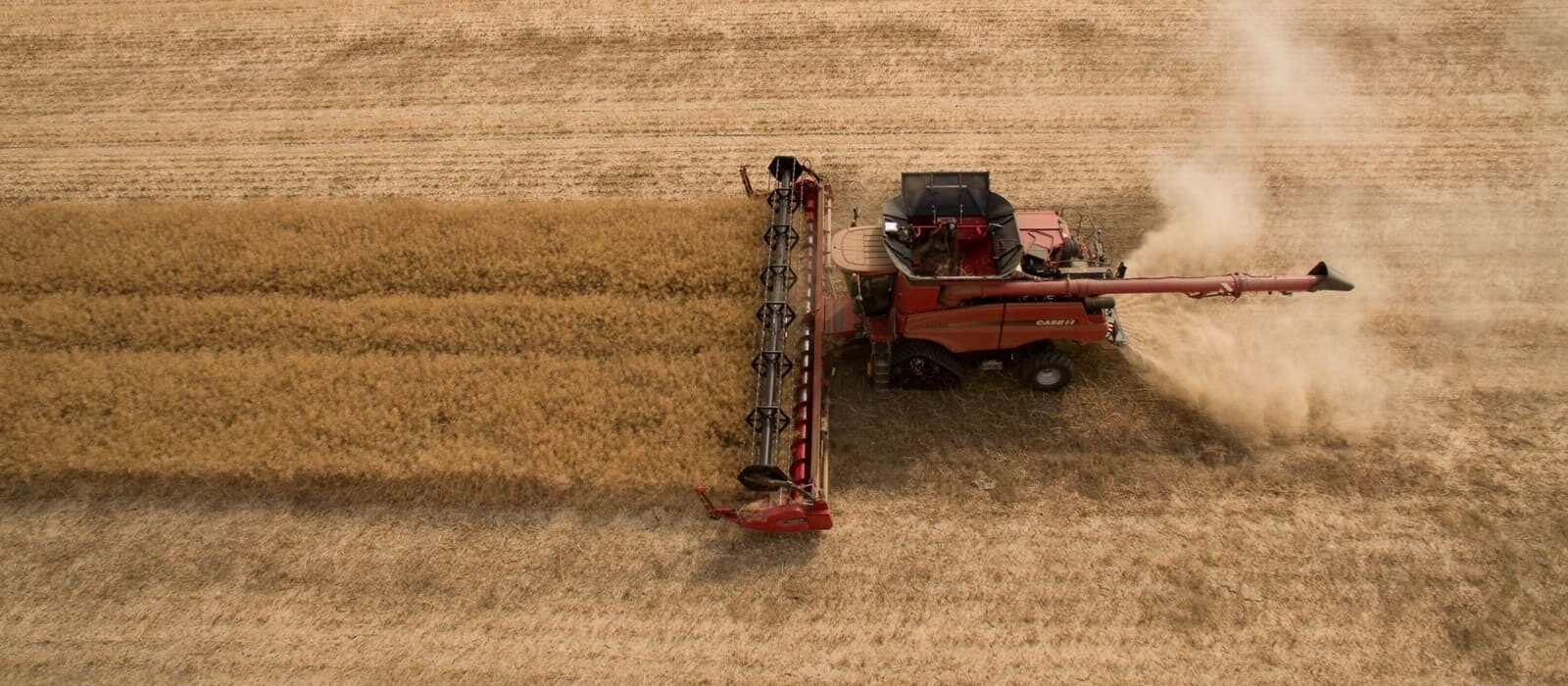Welcome to Farming
at Sotterley Estate
We manage 1,100 hectares of farmland alongside the estate’s Site of Special Scientific Interest parkland and woodlands. We focus on producing high-quality food while safeguarding the environment and wildlife. Under the leadership of our farm manager, Daniel Hald, we embrace modern, data-driven farming practices to unite financial sustainability with environmentally responsible outcomes.
Meet Our Farm Manager
We are delighted to have Daniel Hald as our Farm Manager at Sotterley Estate. Daniel joined the estate in early 2024, bringing with him nearly two decades of farming experience in the UK. Originally from Denmark, Daniel’s expertise in agriculture and his commitment to innovation make him the ideal leader to guide Sotterley’s farming operations.
Daniel is dedicated to combining traditional farming knowledge with cutting-edge technology to maximise efficiency, protect and enhance natural resources, and ensure long-term productivity.
Our Mission
At Sotterley, our farming philosophy is centred on being truly sustainable:
High-Quality Food Production: Focusing on producing exceptional food and targeting specialised markets with unique and high-value crops that meet evolving consumer demand alongside commodity crops.
Environmental Responsibility: Prioritising biodiversity, clean air and water, and healthy soils as key components of our approach.
Financial Sustainability: Using technology and data to ensure farming practices remain productive and economically viable for future generations.
Our Farmland, Parkland, and Woodlands
We carefully steward 1,100 hectares of farmland, working alongside the estate’s SSSI parkland and woodlands, which are rich in biodiversity and home to a variety of native species. Our diverse cropping strategy combines tradition with innovation and includes Crops such as Winter and spring barley, Wheat, Oilseed Rape, Peas, Speciality Crops and irrigated Root and Vegetable Crops.
We use precision farming techniques to analyse soil health, monitor crop performance, and adapt to changing environmental and market conditions. This ensures efficient use of resources and helps us deliver sustainable farming practices.
Soil and Water Management
The land at Sotterley features predominantly heavy Beccles series clay, with around 10% lighter, sandier soils. To optimise productivity, we utilise our own irrigation reservoir that supports root crops such as carrots, potatoes and Onions. Through careful water management, we ensure sustainable use of resources and adaptability to changing conditions.
Commitment to Sustainable Outcomes
We are committed to balancing productivity with sustainability by:
- Enhancing soil health through innovative practices.
- Reducing emissions by adopting efficient farming methods.
- Supporting biodiversity by fostering habitats within the farmland, parkland, and woodlands that promote diverse ecosystems.
By combining innovation with a respect for the land, Sotterley Estate continues to work towards a future where agriculture is both financially and environmentally sustainable.

